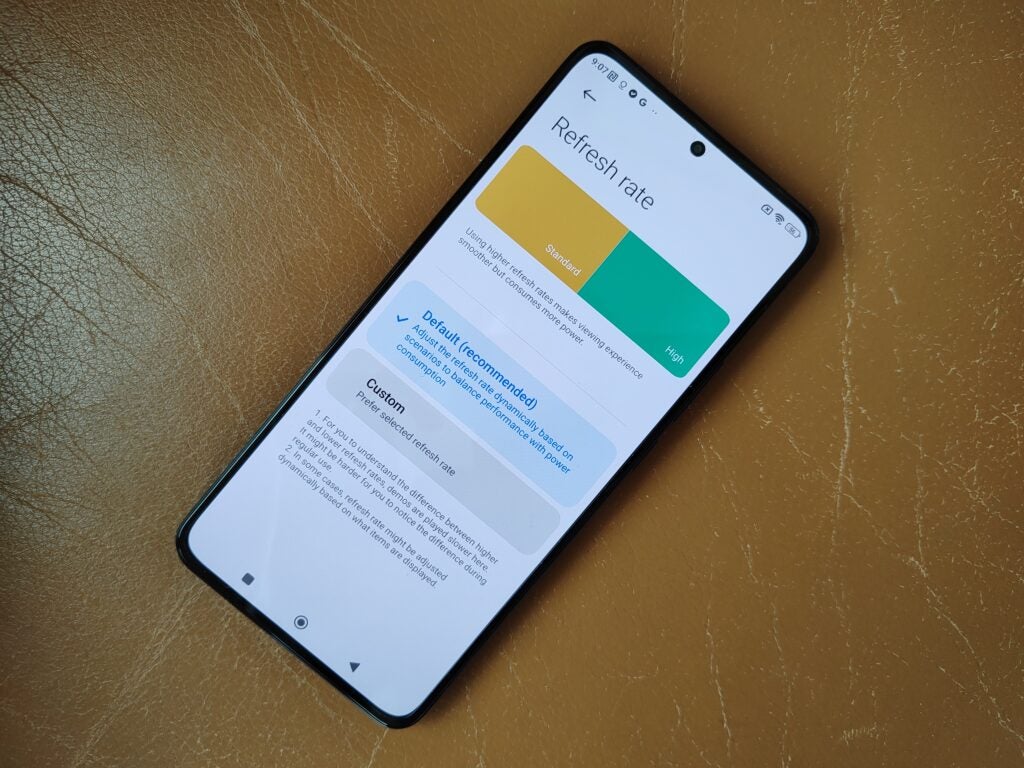If you’re shopping for a device with a screen, you may have come across the terms refresh rate and touch sampling rate.
Both of these specifications are expressed in Hertz but they refer to two different things. Ideally, you want both a fast refresh rate and a high touch sampling rate, but what do they mean?
Keep reading to discover the difference between a refresh rate and a touch sampling rate.
What is a refresh rate?
The term refresh rate refers to how frequently the pixels update on a screen.
This is important because pixels update at set intervals regardless of how often the content of those pixels changes. Therefore, the more frequently the pixels are refreshed, the faster and smoother a screen will appear.
The difference a fast refresh rate makes can often be felt when scrolling through apps or playing games, which is why gamers tend to opt for TVs and monitors with higher refresh rates. Refresh rates can also be found on smartphones, laptops, smartwatches, or pretty much any device with a screen.
They are measured in Hertz, with each Hertz being equal to one refresh per second. Common options include 60Hz (the screen refreshes 60 times per second), 90Hz, and 120Hz.


Many devices will also give you the option to drop the refresh rate down, with some plunging as low as 1Hz. This helps to save battery when a fast refresh rate is not needed. Similarly, an adaptive refresh rate is a refresh rate that can automatically adjust based on your activity. For example, the refresh rate on your smartphone might increase when you’re playing a mobile game, but drop down low when that app is closed to elongate the battery life.
What is a touch sampling rate?
Touch sampling rate is another term used to describe a display. However, instead of referring to the frequency that the screen refreshes itself, the touch sampling rate looks at how often a touchscreen registers your touch.
Touch sampling rates are perhaps more critical for mobile gamers. The more frequently your touch is sampled, the faster a game can register and respond to it. This makes a high touch sampling rate ideal for fast-paced games.
Like refresh rates, touch sampling rates are expressed in Hertz with each Hertz referring to how many times your touch is registered per second. However, these figures are generally much higher for touch sampling rates.
The average smartphone has a touch sampling rate of around 240Hz, which is more than fast enough for most users. However, mobile gamers might want to opt for something in the range of 480Hz or higher.
Take some of our top gaming phones, for example. The Asus ROG Phone 8 Pro has a touch sampling rate of 720Hz, while the RedMagic 9 Pro takes this even further with an impressive 960Hz touch sampling rate.




